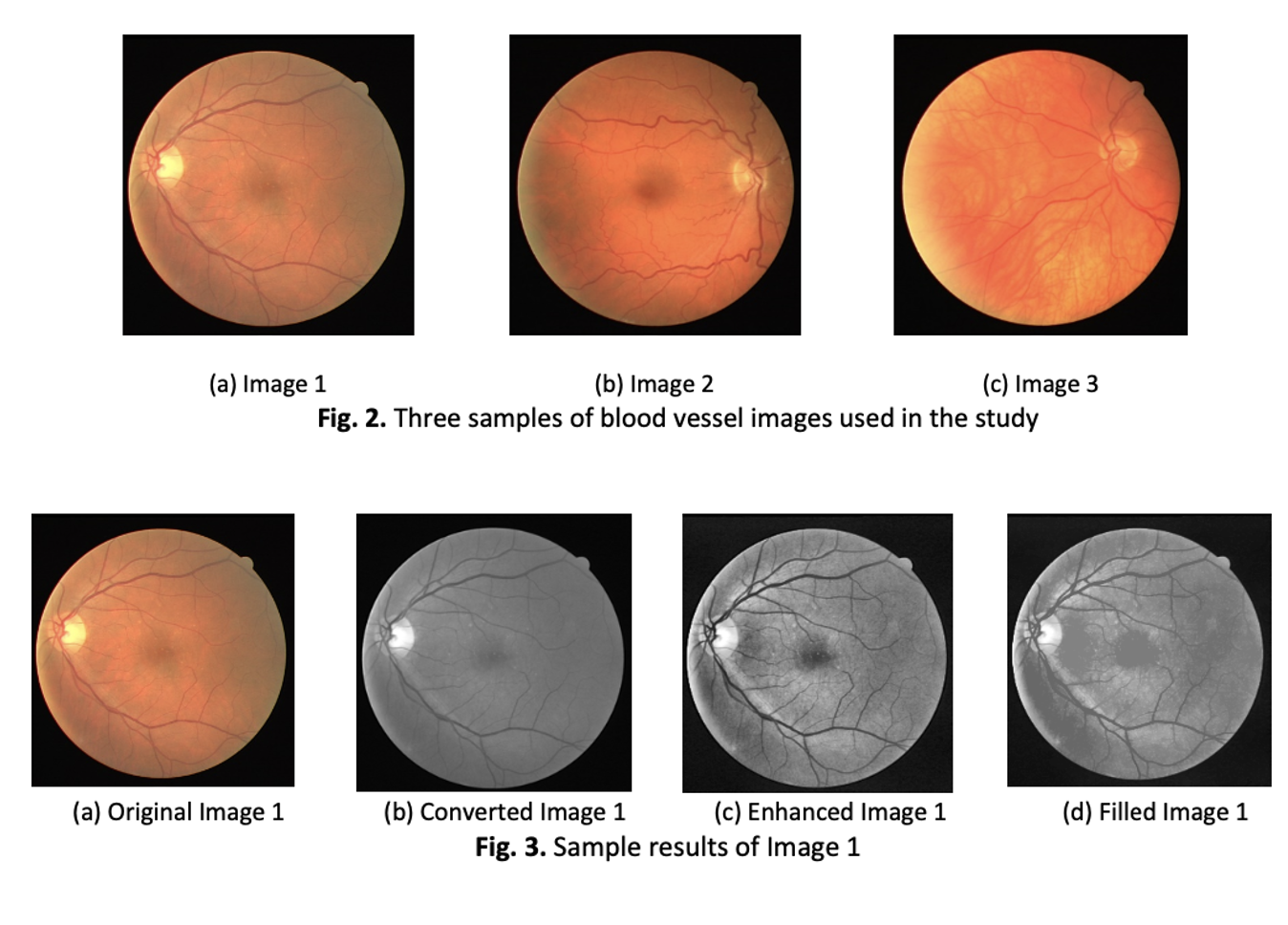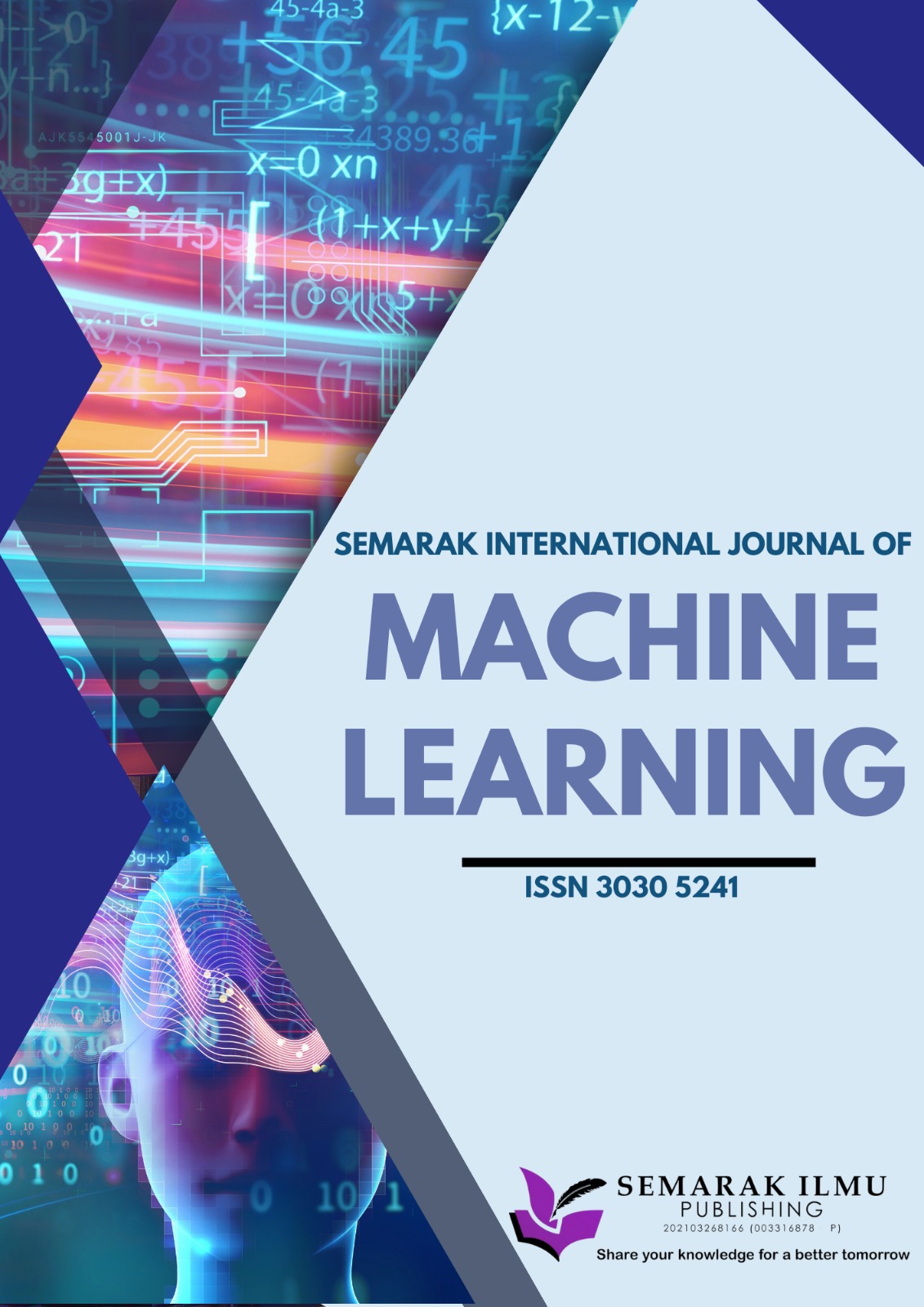Application of Different Distance Metrics on K-Means Clustering Algorithm for Retinal Vessel Images
DOI:
https://doi.org/10.37934/sijml.4.1.1426aKeywords:
K-Means clustering, distance metrics, MATLAB, retinal blood vessels, image segmentationAbstract
Accurate segmentation of retinal blood vessels is important for the early detection and treatment of a variety of ocular disorders, including diabetic retinopathy and glaucoma. There are various methods used in image segmentation and one of them is K-means clustering. The problems of K-means clustering are its initial cluster centres, the spherical clusters’ assumption, and the hard assignment of the pixels to the clusters, which has led to the improvements of the algorithm. These problems are closely related to the choice of distance metrics. In this study, the following objectives have been set that are to implement different distance metrics that are Euclidean, Manhattan, Chebychev and Mahalanobis distances in the K-means clustering algorithm to enhance retinal blood vessel segmentation and to measure the performance of the algorithms using accuracy, precision, recall, Dice Similarity coefficients (DSCs) and Jaccard similarity coefficients (JSCs). The retinal images are processed by choosing the green channel as it shows better visuals. Contrast Limited Adaptive Histogram Equalisation (CLAHE) is applied in the next step, followed by hole filling in order to improve the quality of the image. Next, we segment the blood vessels using K-means clustering. We apply each distance measurement separately to evaluate its impact on segmentation performance. We evaluate the segmentation algorithms’ performance using ground truth and quantitative metrics. We implement the process using MATLAB. The results indicate that the choice of the distance metric significantly affects the segmentation accuracy. The Mahalanobis distance provides the best-balanced results between accuracy, precision, recall, Dice Similarity coefficient (DSC) and Jaccard similarity coefficient (JSC). Based on the findings, it is recommended to use Mahalanobis distance for optimal segmentation performance for retinal blood vessel images as it is suitable in identifying complex structures of vessels in the retinal.










